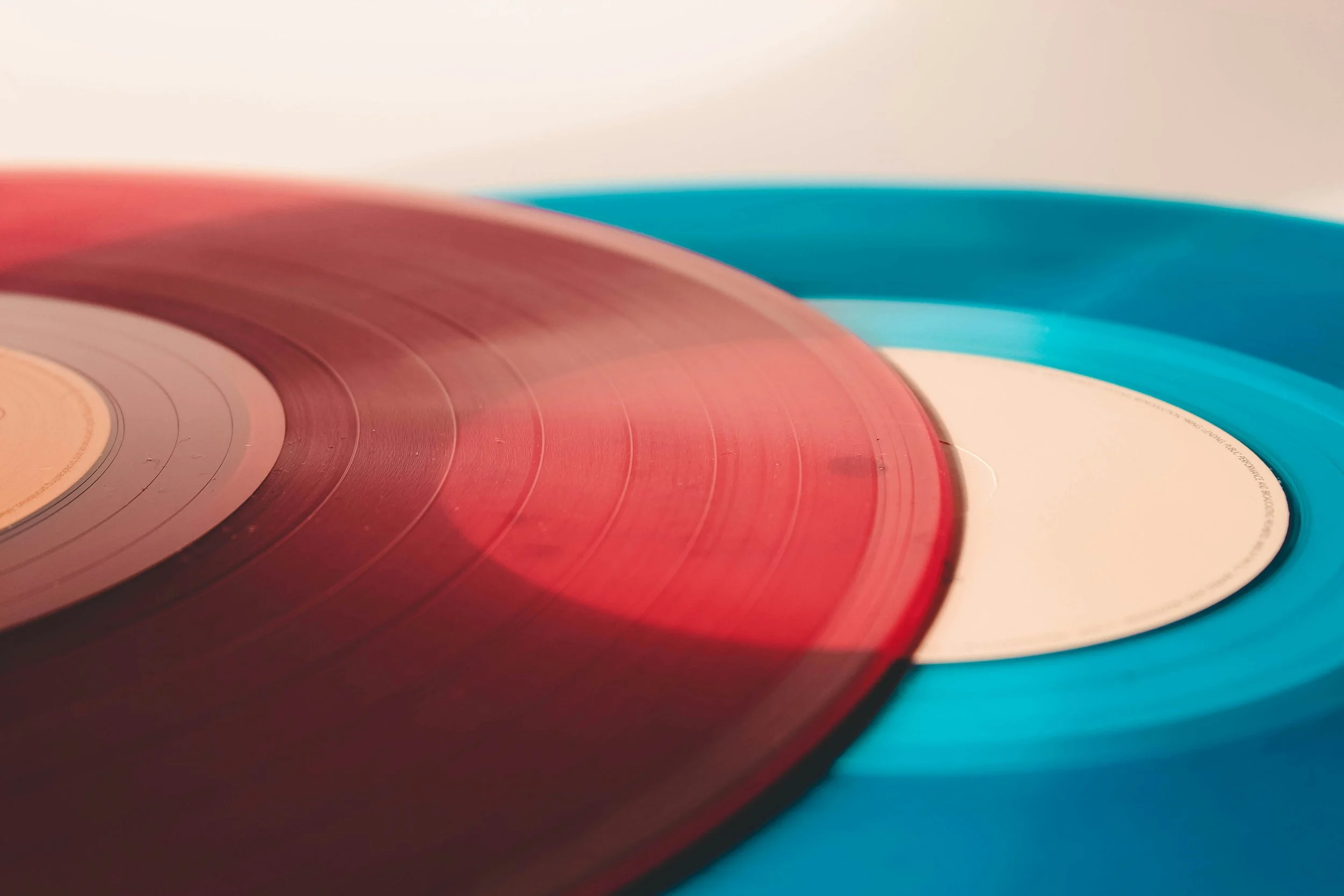
Making Tracks.
Process and Methodology.
My working and feedback process can be broken down roughly into three stages - produce a ‘demo’ creative, self reflect on that piece, publish it, request outside feedback and then integrate learnings for future purposes.
Create.
The Create stage is where I originate the songs, pieces and soundtracks before releasing them into the wild.
Working time:
9.30-4 work day clock in/clock out with allowance for possibility moments.
Drafting and prototyping:
Time blocks of ‘play’ with DAW (Digital Audio Workstation - in this case, Apple Logic) and other instruments and environments designed to lead to unusual and interesting musical themes and ideas, leading to new pieces.
Define if this is ‘Play’ piece (an idea out of nowhere, via general ‘noodling’ or finding new interesting sounds and textures), a ‘Brief’ (instigated around a certain idea or input from myself or a third party) or ‘Soundtrack’ (putting new music to an existing scene, or trailer or ad).
Define ideal audience - by end user and platform (e.g. is this a song to appear on Spotify vs a soundtrack piece to be provided to a producer).
As a rule of thumb, limit creative time to 3 days or less per piece including mastering to avoid over-production.
Release & Report.
The second stage is where the pieces or demos are finalised and released into 'the wild', and my initial thoughts are captured.
Production:
Pieces are published to streaming services OR provided as mp4 files for review.
Pieces are published via Semiphore website, social channels or Substack for visibility and storytelling.
Reporting:
Critical analysis - production notes kept including ease or difficulties with production or methods (e.g. what is holding up production? Can I fix it by learning new methods and skills?)
Make notes for best practice (e.g. do ‘Play’ sessions lead to more interesting pieces as time progresses?). Mark each project on a simple scale.
Ensure each piece has a leadership note (e.g. by doing this piece how has it changed future paths? Am I going in a new direction? Does this feel like a new high watermark?)
Feedback & Review.
The final stage is a feedback and review framework designed to produce a set of results to inform future pieces and indicate any best candidates for the final endeavour album release.
The combined feedback group consists of circa 85 people from differing backgrounds and ages, designed to give a wide range of opinions and viewpoints.
Findings are distilled into a 'Release Note' (please see the Articles section on the main page)
Collaboration and feedback:
Publish tracks to WhatsApp groups with an invitation to comment.
Commentary is captured via a Google Form with a range of questions (examples include 1-5 ranking, who did this make you feel - sad/happy/excited/bored). Example form shown here.
Anecdotal feedback is encouraged and noted.
Accountability and Possibilities:
Review feedback and ascertain if any non-subjective beneficial actions can taken in future releases (as a simple example, if string parts are too loud, ensure volume is reduced).
Approach feedback as ‘possibility moments’ (e.g ‘I think it sounded like a game theme’ = look into case studies of game soundtracking and produce a new piece based upon this as a brief)
